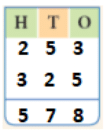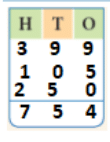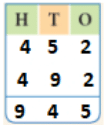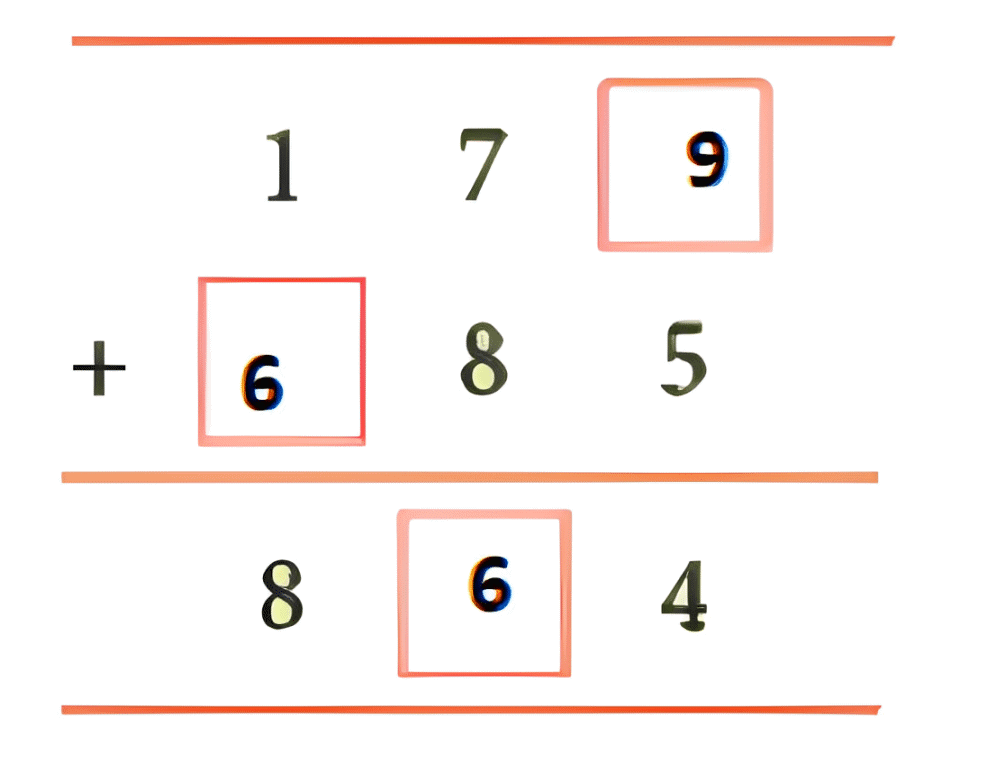Class 2 Maths Addition - CBSE Worksheets Solutions
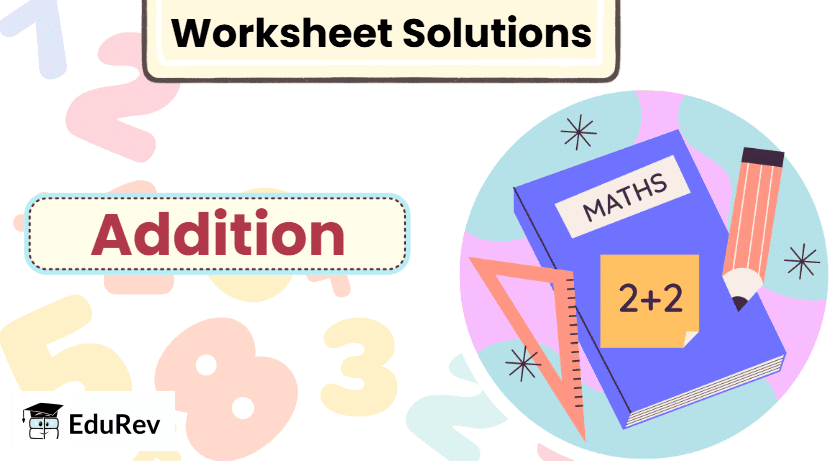
Q1: There were 253 travellers in one metro train and 325 travellers in the other metro train. How many travellers were there in both the metro trains?
Travellers in one metro train = 253
Travellers in other metro train = 325
The total number of travellers are = 578
Q2: Add:
Ans:
Q3: Richa spends Rs 339 on cosmetics, Rs 105 on books and Rs 250 on travel. How much does she spend in all?
Richa spends on cosmetics = Rs 339
Richa spends on books = Rs 105
Richa spends on travel = Rs 250
Richa spends in all = Rs. 754
Q4: Multiple Choice Questions
(I) 4 hundreds 6 ones + 2 hundreds 8 tens 4 ones = 6 hundreds ________tens________ones
(a) 9, 2
(b) 9, 0
(c) 8, 2
(d) 8, 0
Correct Answer is Option B
4 hundreds 6 ones + 2 hundreds 8 tens 4 ones = 6 hundreds 9 tens 0 ones.
(II) 650 + 80 =
(a) 73 ones
(b) 73 hundreds
(c) 73 tens
(d) 730 tens
Correct Answer is Option B
650+ 80 = 730
Q5: Vicky scored 453 marks in the first term and 492 marks in the second term. How many marks did he score in all??
Vicky scored in the first term = 453 marks
Vicky scored in the second term = 492 marks
Vicky scored in all = 453 + 492 = 945
Q6: What is the sum of the smallest 1-digit number and the largest 3-digit number?
Smallest one-digit number = 1
Largest 3-digit number = 999
Total of both = 1 + 999 = 1000.
Q7:
(I) Add 34 tens and 59 tens.
= 34 + 59 = 93
(II) 133 + 709
= 842
Q8: Which of the following numbers adds up to 627?
(a) 361 + 366
(b) 147 + 479
(c) 440 + 187
(d) 338 + 299
Correct Answer is Option C
440 + 187 = 627
Q9: Fill in the boxes with the correct digits
(i) 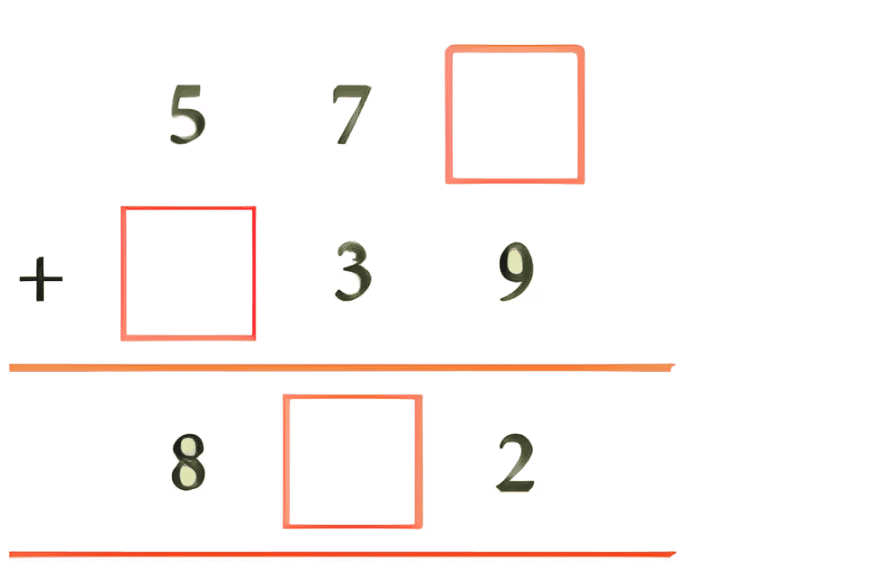
(ii)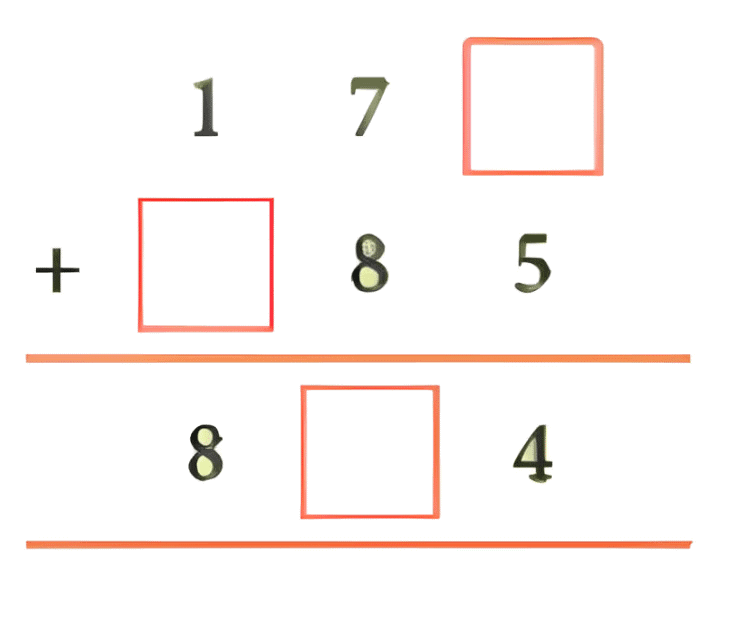
|
17 videos|138 docs|19 tests
|
FAQs on Class 2 Maths Addition - CBSE Worksheets Solutions
| 1. What is addition? |  |
| 2. How do I perform addition? |  |
| 3. Can addition be done in any order? |  |
| 4. What are the properties of addition? |  |
| 5. Can addition be used for other purposes besides arithmetic? |  |

